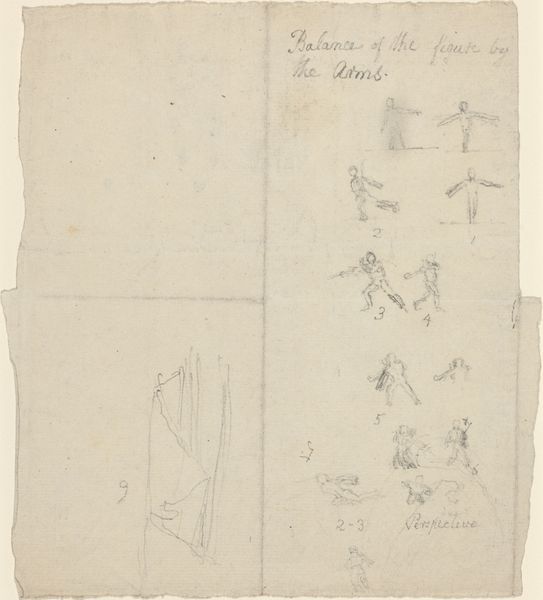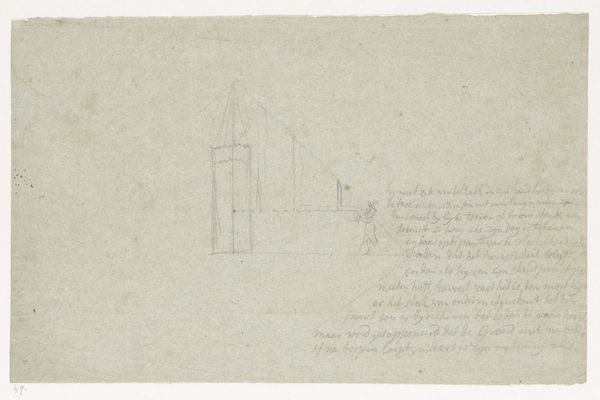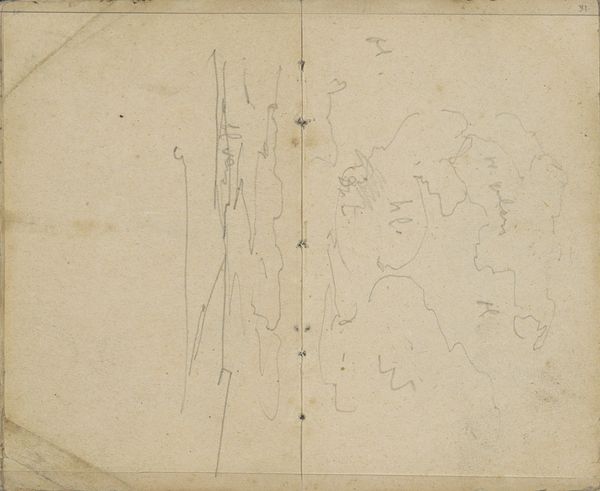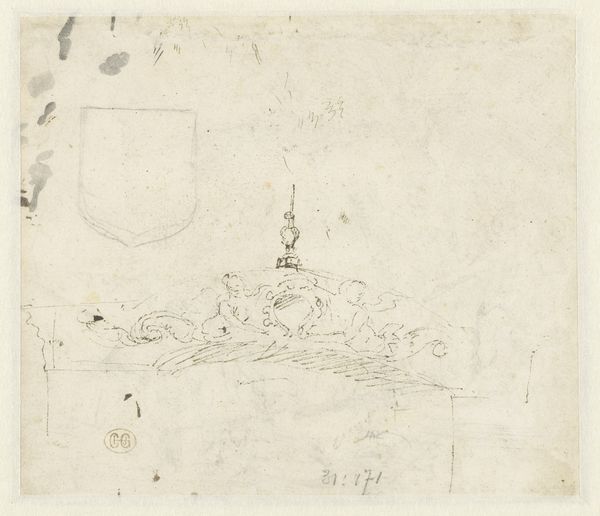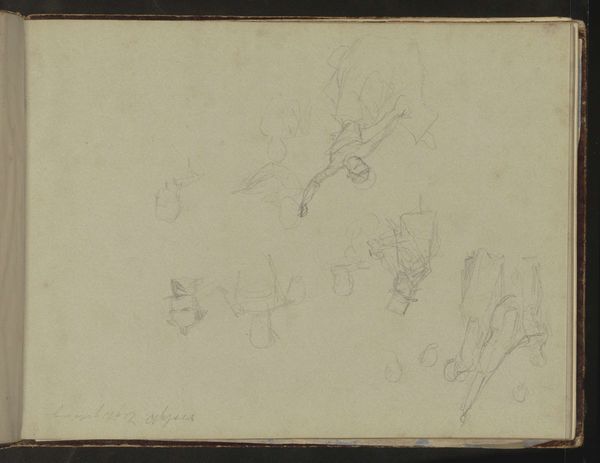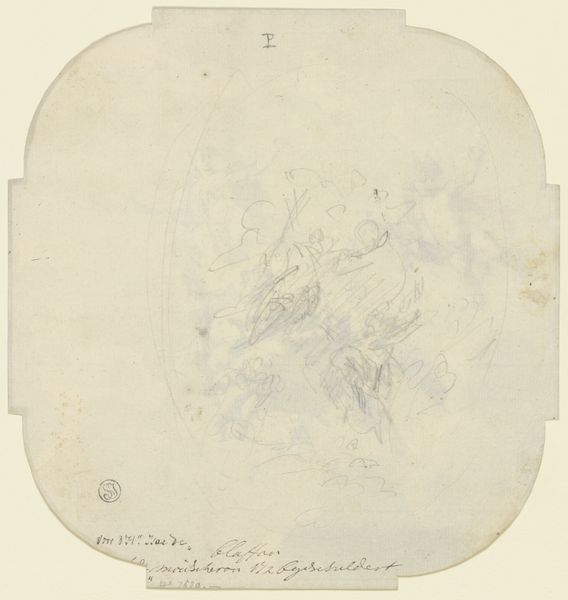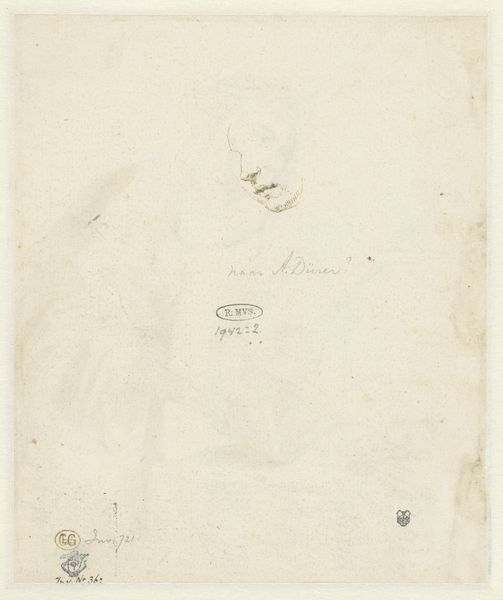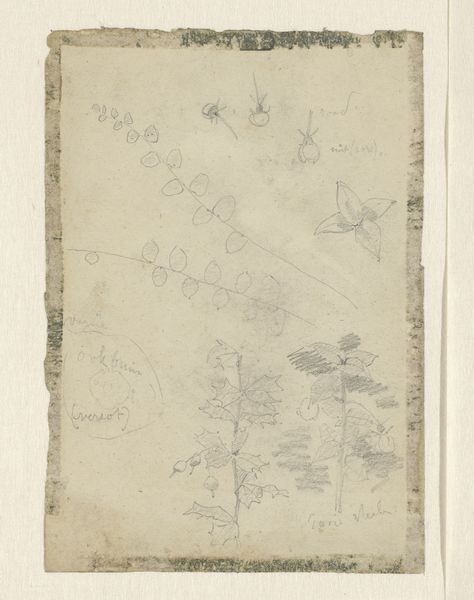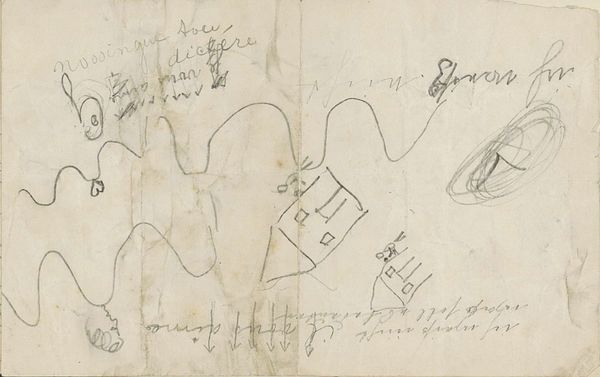
drawing, coloured-pencil, red-chalk, watercolor, ink, pencil, pastel
#
drawing
#
coloured-pencil
#
red-chalk
#
landscape
#
watercolor
#
ink
#
coloured pencil
#
sketch
#
pencil
#
watercolour illustration
#
pastel
Copyright: Public Domain
Curator: Before us, we have Johann Christoph Storer’s "Studienblatt: Putto und Augenpartien" a drawing utilizing red chalk, pencil, ink, pastel, and watercolor, currently held at the Städel Museum. Editor: My immediate impression is that it's incredibly fragile, almost like looking at a whispered secret on aged paper. The lightness of the various media creates an ethereal quality. Curator: Indeed. Consider Storer’s positionality. He was working in the late 17th century, a period of significant social stratification. Artists were often seen as craftspeople rather than intellectuals. A preparatory sketch like this allows us insight into his process and artistic labor, sidestepping some of the more formal constraints. Editor: And visually, the layering of different media serves a purpose. The red chalk establishes the underlying forms, while the ink and watercolor add subtle depth and dimension, don't you agree? Curator: It speaks to power dynamics within the art world, especially around the perception of “finished” versus “unfinished” works. This study grants access to Storer's experimentation with representing cherubic forms and anatomical details, the “Putto und Augenpartien” mentioned in the title, potentially subverting classical ideals. Editor: Do you see some symbolic intent here? It's compelling to think about cherubs in terms of classical artistic conventions and the idea of innocence and idealized beauty they carried. Curator: Symbolism is certainly present, but filtered through a baroque lens. This piece shows, or allows us to speculate on, a resistance to strict academies in favor of a more humanist vision through its technical variation. Storer makes some subversive statements when adopting a form historically reserved for sacred settings while simultaneously using such transient, personal tools and media. Editor: It gives us so much more than a fully realized painting! This “imperfect” sketch provides so many clues as to the context in which Storer worked and struggled to represent idealized beauty and classical forms. Curator: Precisely. Thinking about this "Studienblatt," moves away from merely thinking about a perfect final picture. Instead we might ponder about process, power and access that shaped its creation. Editor: It's amazing to consider how such a light and informal piece provides such a rich entry point into complex aesthetic and societal topics!
Comments
No comments
Be the first to comment and join the conversation on the ultimate creative platform.
